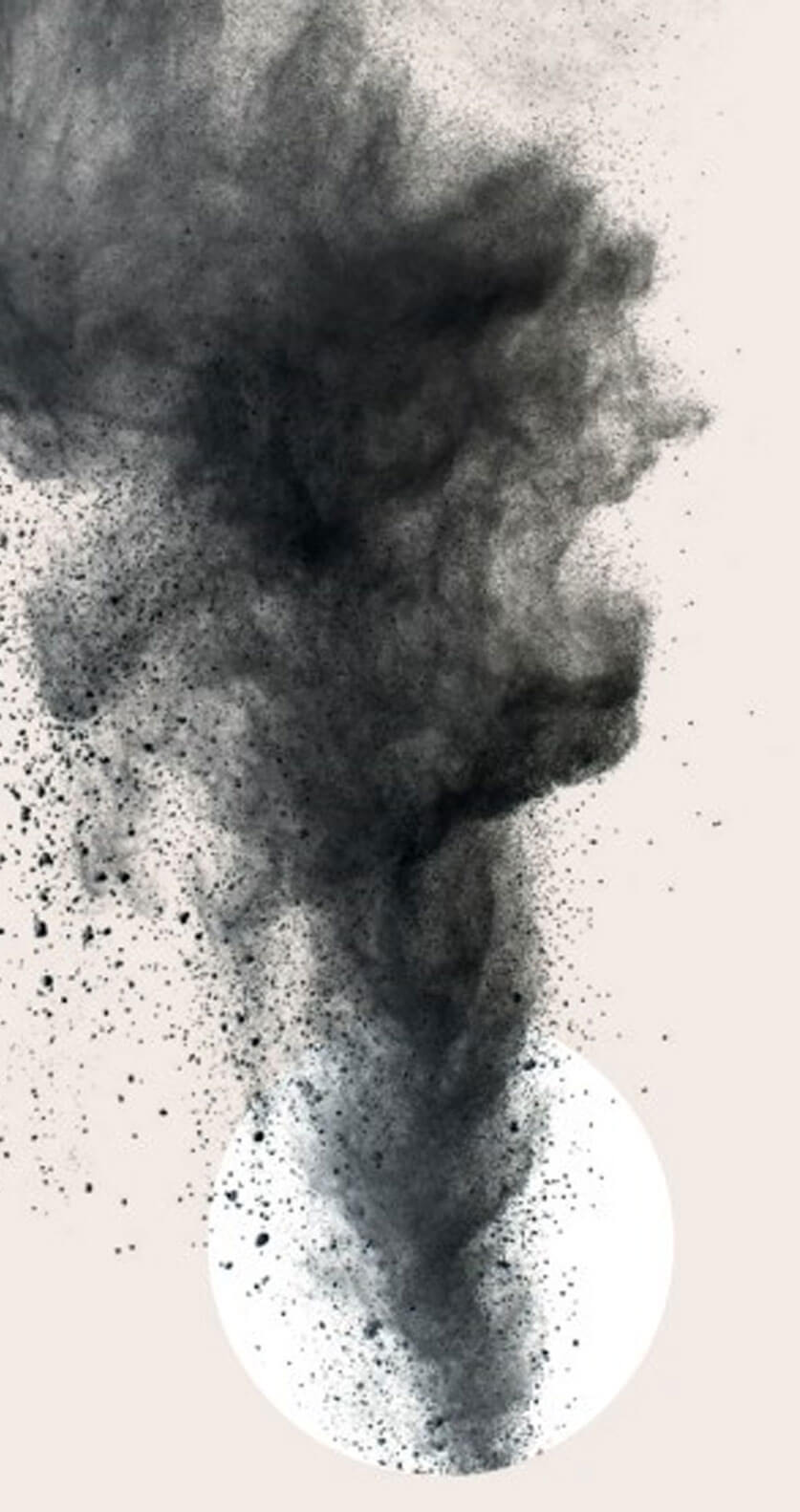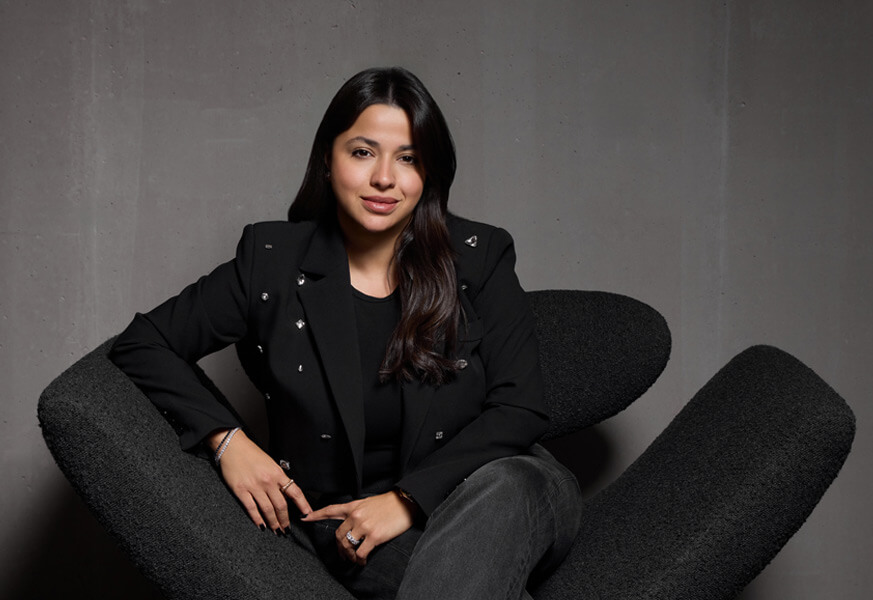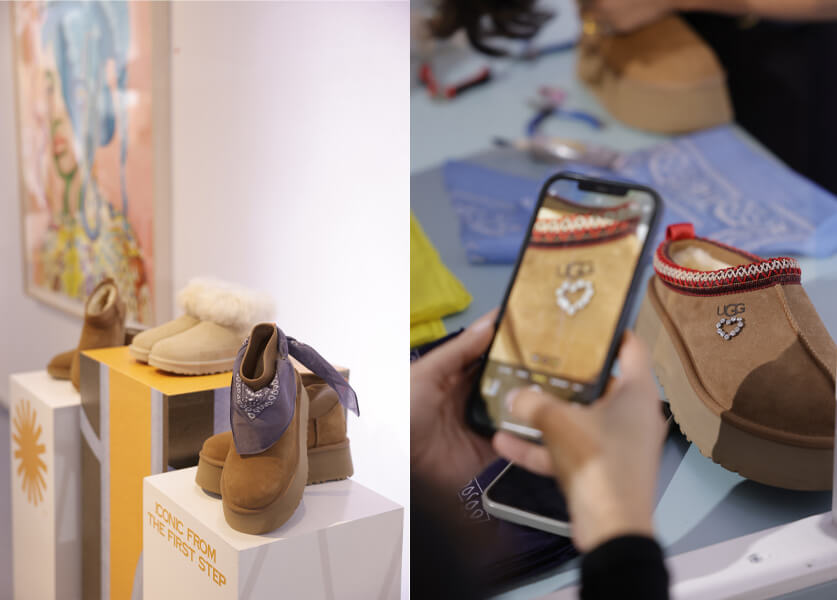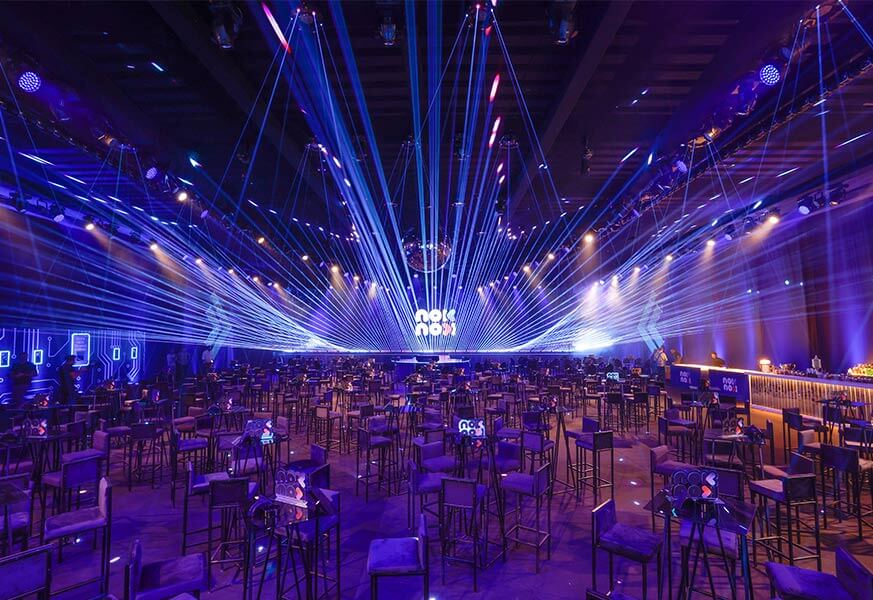LIFESTYLE
Beirut Blast: Two Lebanese Sisters Want to Give Silent Speech Power and Slowly Heal the City
Hanane Tabet
2-August-2021
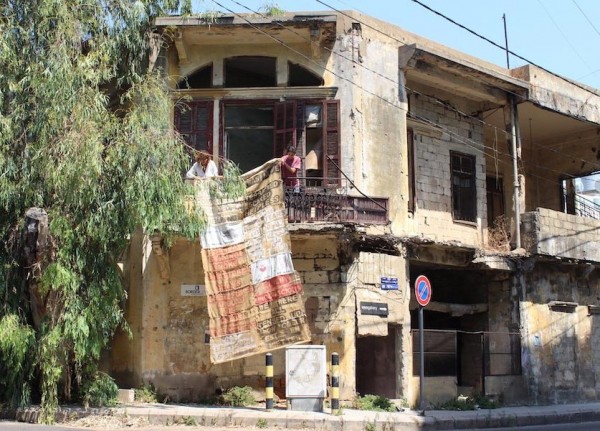
August 4, 2020: a date marked in the core of every Lebanese. A double explosion - one of the most powerful non-nuclear explosions in history- ripped Beirut to shreds. Two Lebanese sisters, Céline and Tatiana Stephan, co-founders of Architecture et Mécanismes, wanted to give a chance to every person who was there that day, to tell their story. Each person’s story matters. Art installation “BEIRUT NARRATIVES” is a concept that was born 20 days after the double explosion and the two architects asked people to write their testimonials in Arabic, French or English and send pictures and kids’ drawings describing their personal experiences. The objective was to gather as many narratives as possible from diverse profiles and recognize them in a commemorative project. An emotional and healing experience.
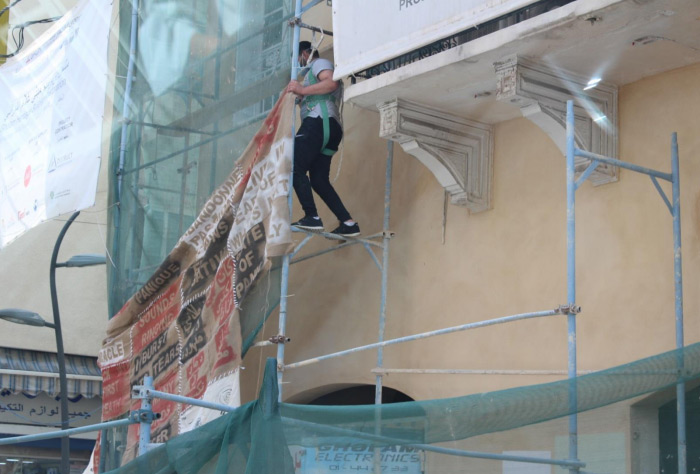
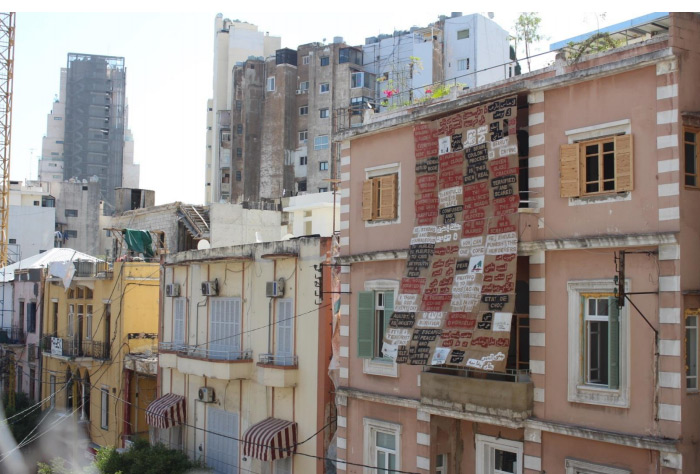
How did you come up with this idea?
Twenty days after the double explosion that ripped Beirut to shreds, we felt the need to immortalize the words people conveyed to us and also upon meeting with them firsthand. We envisioned Beirut Narratives as a first phase of the project: an urban installation that could subtly affect the subconscious “of the people by the people” and act as a silent manifestation. We would give the urban fabric of Beirut and its demolished buildings a voice. People needed a space to express their emotions rather than suppress them. It was born out of an urgent human need to speak up. We wanted the unspoken to be spoken and shared out in the open and in Beirut’s context.
Tell us more about the concept.
Whether near or far, everyone lived the terrible explosion differently but intensely- residents, healthcare workers, expats, people from different age groups, different background. So, after analyzing the texts sent to us, we dissected them into different parameters: descriptions, emotions and reflections. The words and sentences chosen are sprayed, using a color code legend, onto differently sized jute canvases which are modules of 50 x 50 cm (depending on their length). Canvases relevant to the same testimonial are stitched using a fishing line plastic wire, the same technique healthcare workers use to stitch people’s wounds. Testimonials sewn one onto one another or testimonials sewn to illustrations are embroidered using white fabric extracted from recycled t-shirts. This way we are able to build many canvases we call “fragments” that can be either placed horizontally on the floor or hanged on façades of buildings. Acting like tapestries or billboards, these fragments give silent speech power, remind people of the apocalyptic experience, and slowly heals the city and its urban fabric by stitching narratives one to the other.
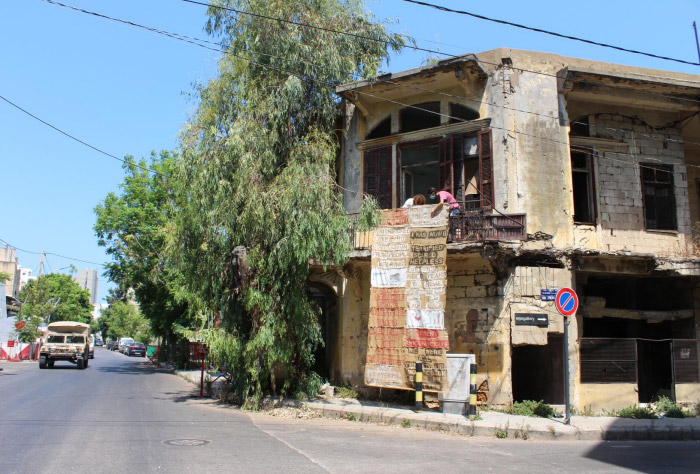
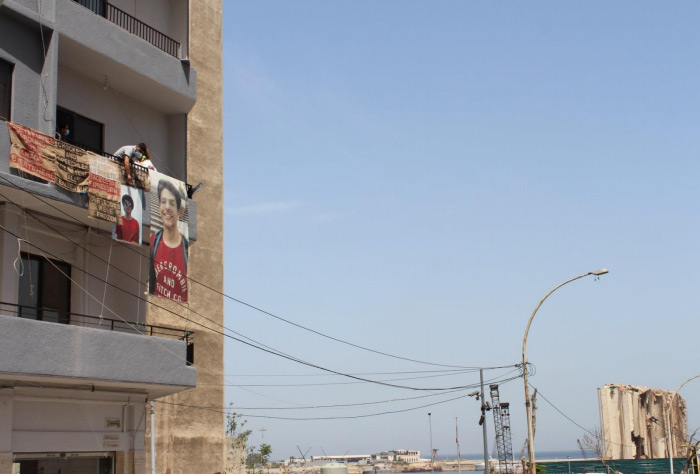
What were the challenges that you faced?
The challenge was threefold,
- Making people talk (while collecting narratives) about their most inner thoughts and instabilities: it is an emotional journey for everyone sharing intimately and openly. Many wrote after a while, others were still not ready, and even now still are not. Children encouraged by their parents contributed through drawing as a form of healing.
- Finding buildings and houses in the devasted areas; accessible, still standing, and safe to enter and install especially given the magnitude of the blast. Installations were physically challenging: they involved entering collapsed building sites and rooftops, we had to be resourceful and adopt on the spot.
- Initial apprehension and slight fear was meet by only a handful of people “What was this about? Did we have a political agenda?” Few building owners did not accept we hang fragments on their facades as they were afraid, we could get them into trouble. But they were few, soon the locals, neighborhood communities engaged wholeheartedly, supporting us, opening their homes, and wishing for their voices to be heard and hung for everyone to see.
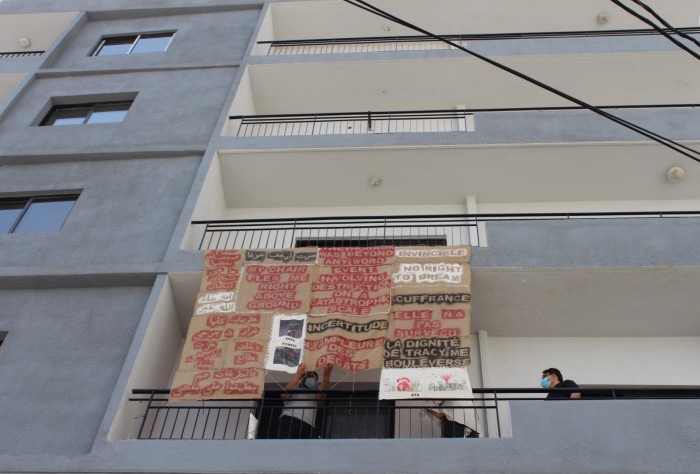
What do you expect of this project?
Activism that leads to sustainable change can be “silent”: it’s a collective effort to make shifts in social, political and economic reforms. We believe in the power of the installation and really wish for people from different age groups, different, religion, and background to engage with it equally. We want to unify those unheard voices and make them speak louder than any form of riot. It’s about expressing what needs saying and we are simply here to support and vocalize it together. This is about a call-to-action, accountability and commemoration.
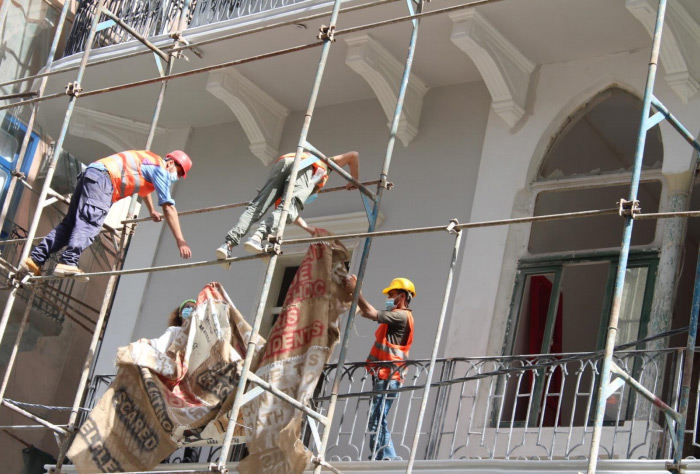
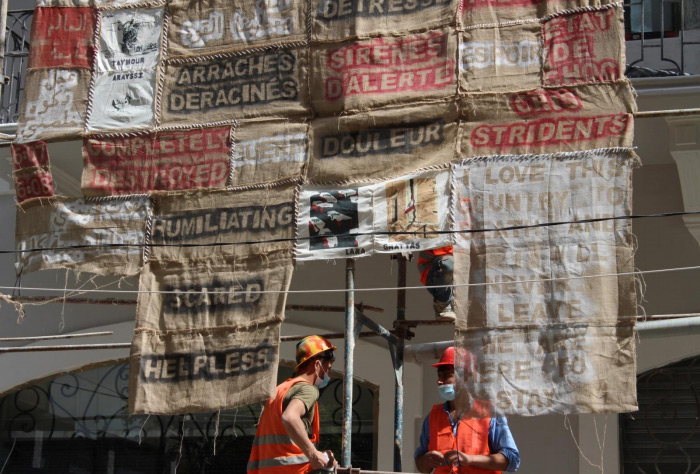
What were the reactions of the people as they saw you do the installation?
First and foremost, there was an element of sheer surprise upon them discovering three women coming to install singlehandedly. Secondly, we are taken back by the sheer unconditional love and true Lebanese spirit and the entire neighborhood getting together, their sense of community and them wishing to support unconditionally to hang the piece.
We experienced diverse reactions from people from all walks of life. The piece becomes participatory, people conversed with it on all levels, many engaged in a surprised way, reading it out loud nodding, tearing, smiling; rethinking their own experiences: some expresses sorrow others shared miracles, but many said it served as a form of community healing. Others could not face reading it as they are still not ready to overcome a sad and heartbreaking reality. Some expressed that it’s time to speak up, and that we should no longer accept adapting every time something bad happens.
What are your upcoming projects?
We wish for “Beirut Narratives” not only to be seen in Beirut and its outskirts, but also to travel internationally.
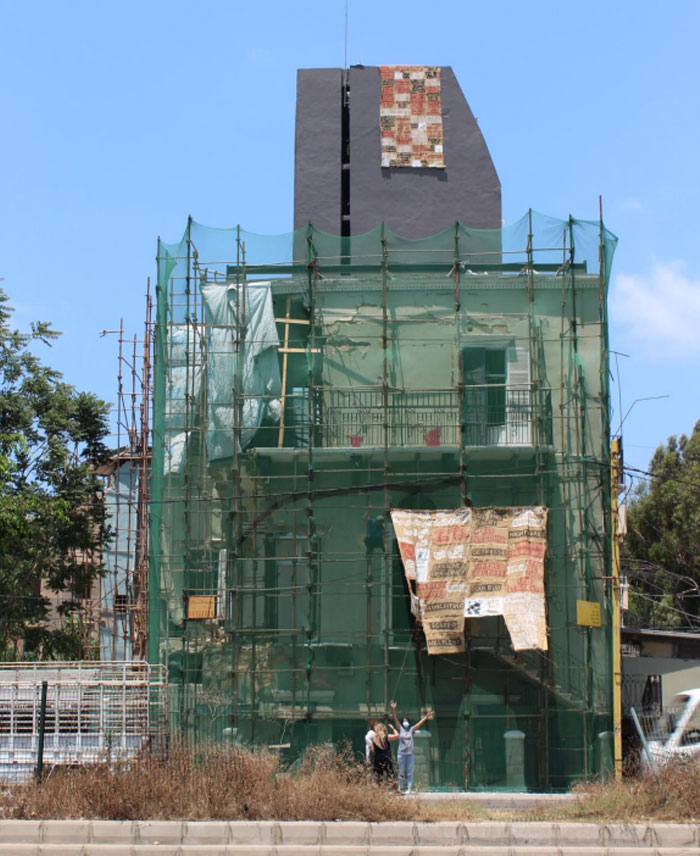
Your words to describe what happened to Beirut on August 4, 2020?
Unscalable, uncompressible, unimaginable and unacceptable!
Devastatingly painful, how can one even begin the express what one feels.
Tragedy, apocalypse, a trauma for humanity, the collapse of the universal order.
The humanity and coming together of people have been unbelievable heartwarming in a painful time like this.





